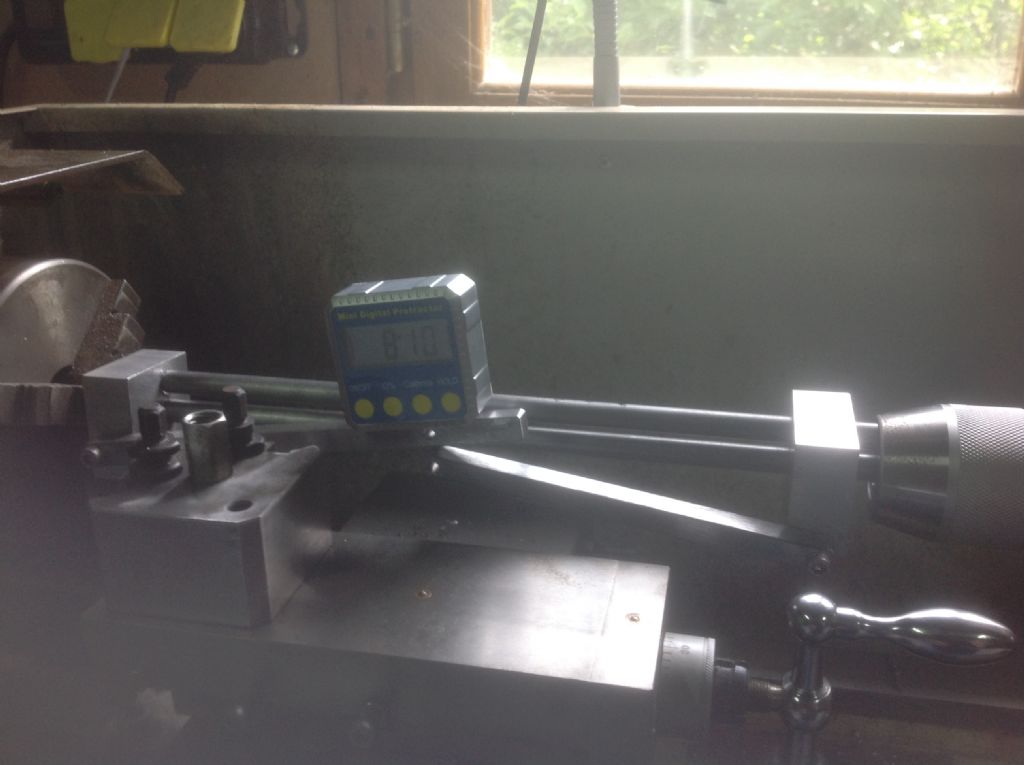Threading and threading
Threading and threading
- This topic has 15 replies, 11 voices, and was last updated 20 May 2015 at 13:44 by
 John Hinkley.
John Hinkley.
Viewing 16 posts - 1 through 16 (of 16 total)
Viewing 16 posts - 1 through 16 (of 16 total)
- Please log in to reply to this topic. Registering is free and easy using the links on the menu at the top of this page.
Latest Replies
Viewing 25 topics - 1 through 25 (of 25 total)
-
- Topic
- Voices
- Last Post
Viewing 25 topics - 1 through 25 (of 25 total)
Latest Issue
Newsletter Sign-up
Latest Replies
- Hello.
- Weird electric actuator action
- Mercer comparator gauge repair help.
- Painting mating surfaces
- 125 mm chuck onto my lathe
- interchangeable Myford beds
- Indicator bulb with bayonet mount needed
- Warco Super Major Milling Machine – Stripping Gearbox
- Smart & Brown Model L lathe help required
- Progress no.1 restoration



 That's exactly the kind of suggestion I was hoping to get
That's exactly the kind of suggestion I was hoping to get 


